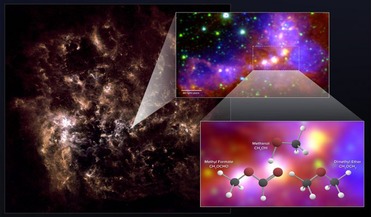 31 January 2018
Surprise find of complex organic molecules in LMC
31 January 2018
Surprise find of complex organic molecules in LMC
...meteorites, helping to jumpstart the development of life on our planet - and perhaps elsewhere. “Even though the Large Magellanic Cloud is one of our nearest galactic companions, we expect it should share some uncanny chemical similarity with distant...
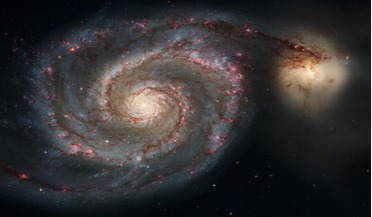 04 January 2019
Merger with the LMC spells doom for our Solar System
04 January 2019
Merger with the LMC spells doom for our Solar System
... around us for billions of years undisturbed. Two of the more famous satellite galaxies are the Small and Large Magellanic clouds; the latter of which sits at a distance of about 50 kiloparsecs away and is the second or third-closest galaxy to the...
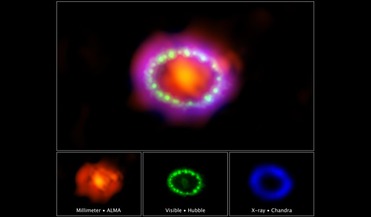 27 February 2017
Thirty years in the making - researchers show SN1987A in all of its glory
27 February 2017
Thirty years in the making - researchers show SN1987A in all of its glory
...million suns as it blazed for several months following its discovery on 23rd February, 1987. Located in the nearby Large Magellanic Cloud, SN 1987A was one of the brightest exploding stars to be observed by astronomers in more than 400 years and ever...
 28 November 2018
A hidden giant found lurking close to the Milky Way
28 November 2018
A hidden giant found lurking close to the Milky Way
... found in, this newly discovered behemoth is similar in size to another of the Milky Way’s satellite galaxies; the Large Magellanic Cloud (LMC). With a gigantic physical size of around 2.9 kiloparsecs, this is the only similarity the two share though...
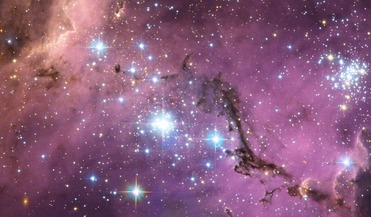 26 April 2019
As mystery of the Universe’s expansion rate widens, a simple solution is offered
26 April 2019
As mystery of the Universe’s expansion rate widens, a simple solution is offered
... by measuring the light from pulsating stars called Cepheid variables in a neighbouring satellite galaxy known as the Large Magellanic Cloud (LMC). Cepheids vary their brightness in such a dependable and regular way that they have become an important...
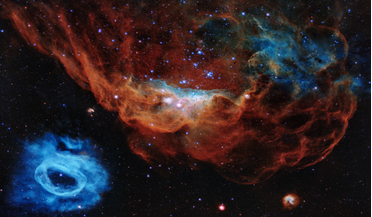 28 April 2020
Hubble turns 30!
28 April 2020
Hubble turns 30!
...2020) are part of a vast star-forming region in the Large Magellanic Cloud, a satellite galaxy of the Milky Way, located 163,000 ... Washington, D.C. "It was revolutionary to launch such a large telescope 30 years ago, and this astronomy powerhouse is ...